Market Share
Methyl Isobutyl Ketone Market Share Analysis
Market share positioning strategies play a pivotal role in the competitive landscape of the Methyl Isobutyl Ketone (MIBK) market. Methyl Isobutyl Ketone, commonly known as MIBK, is a solvent with various industrial applications such as paints, coatings, adhesives, and pharmaceuticals. In this dynamic market, companies employ diverse strategies to establish and enhance their market share.
Methyl Isobutyl Ketone are found naturally in orange and lemon juice, vinegar, papaya, baked potatoes, grapes, ginger, cheese, milk, plum, mushrooms, and others. MIBK is compatible with many organic materials, which makes it a superior industrial solvent.
One prevalent strategy is differentiation. Companies differentiate their MIBK products by focusing on specific characteristics such as purity, quality, and compatibility with various applications. By offering unique features, companies can attract customers who prioritize specific attributes over others. For example, some companies may emphasize the high purity of their MIBK, making it suitable for critical applications in industries like pharmaceuticals or electronics manufacturing.
Another strategy is cost leadership. Some companies aim to capture a significant market share by offering MIBK at lower prices compared to competitors. Cost leadership strategies often involve streamlining production processes, optimizing supply chains, and leveraging economies of scale to reduce manufacturing costs. By offering competitive pricing, companies can appeal to price-sensitive customers and gain a foothold in the market, especially in price-sensitive segments such as bulk industrial solvent buyers.
Market segmentation is also a key aspect of market share positioning in the MIBK market. Companies identify distinct market segments based on factors like industry verticals, application requirements, and geographical preferences. By understanding the unique needs of different segments, companies can tailor their marketing efforts, product offerings, and distribution channels to effectively target each segment. For instance, a company may focus on serving the automotive industry by offering MIBK formulations optimized for automotive paint applications.
Strategic partnerships and collaborations are essential for expanding market share in the MIBK market. Companies often form alliances with raw material suppliers, distributors, and end-users to strengthen their market presence. Collaborations with distributors enable companies to extend their reach into new geographical markets and penetrate untapped customer segments. Moreover, partnerships with end-users facilitate product customization and co-innovation, ensuring that MIBK products meet specific application requirements.
Continuous innovation is critical for sustaining and expanding market share in the MIBK market. Companies invest in research and development to develop novel formulations, improve product performance, and enhance manufacturing processes. Innovation can lead to the introduction of eco-friendly MIBK variants, which appeal to environmentally conscious customers and comply with stringent regulations regarding volatile organic compound (VOC) emissions. Additionally, innovations such as solvent blends or hybrid formulations can cater to emerging application demands and differentiate companies in the competitive landscape.
Market expansion strategies also contribute to market share positioning in the MIBK market. Companies explore opportunities in new geographical regions with growing demand for MIBK-based products. International expansion allows companies to diversify their customer base, mitigate risks associated with regional economic fluctuations, and capitalize on emerging market trends. Furthermore, expanding into adjacent market segments or downstream applications enables companies to leverage their existing capabilities and infrastructure to capture additional market share.

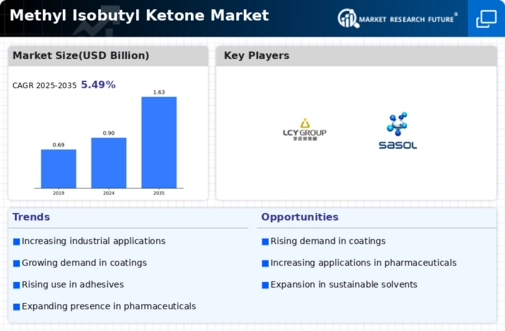

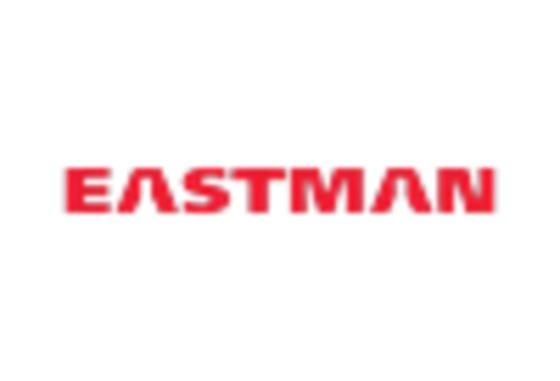
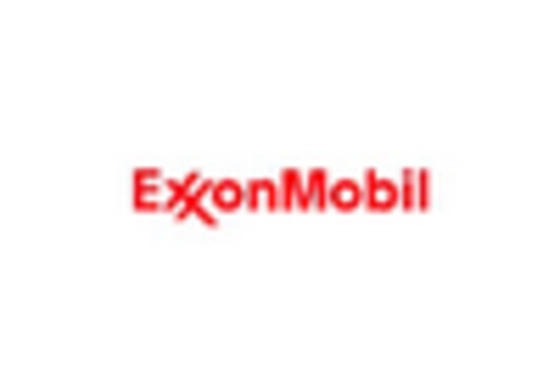
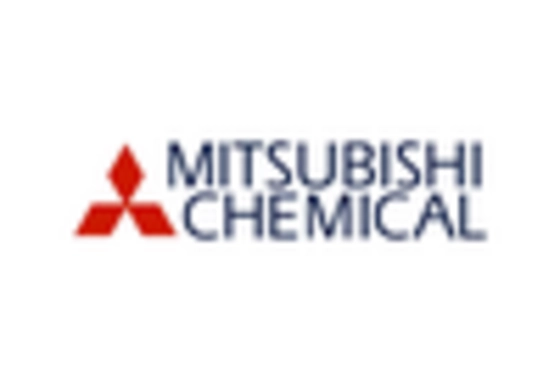

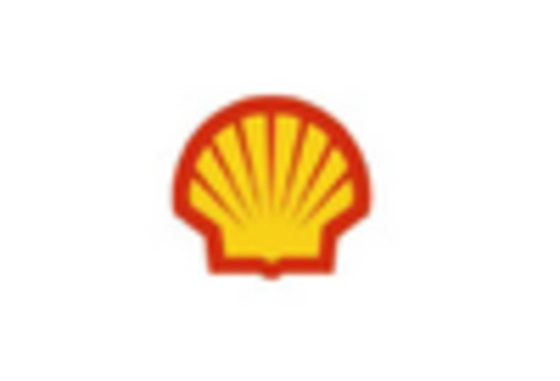

Leave a Comment